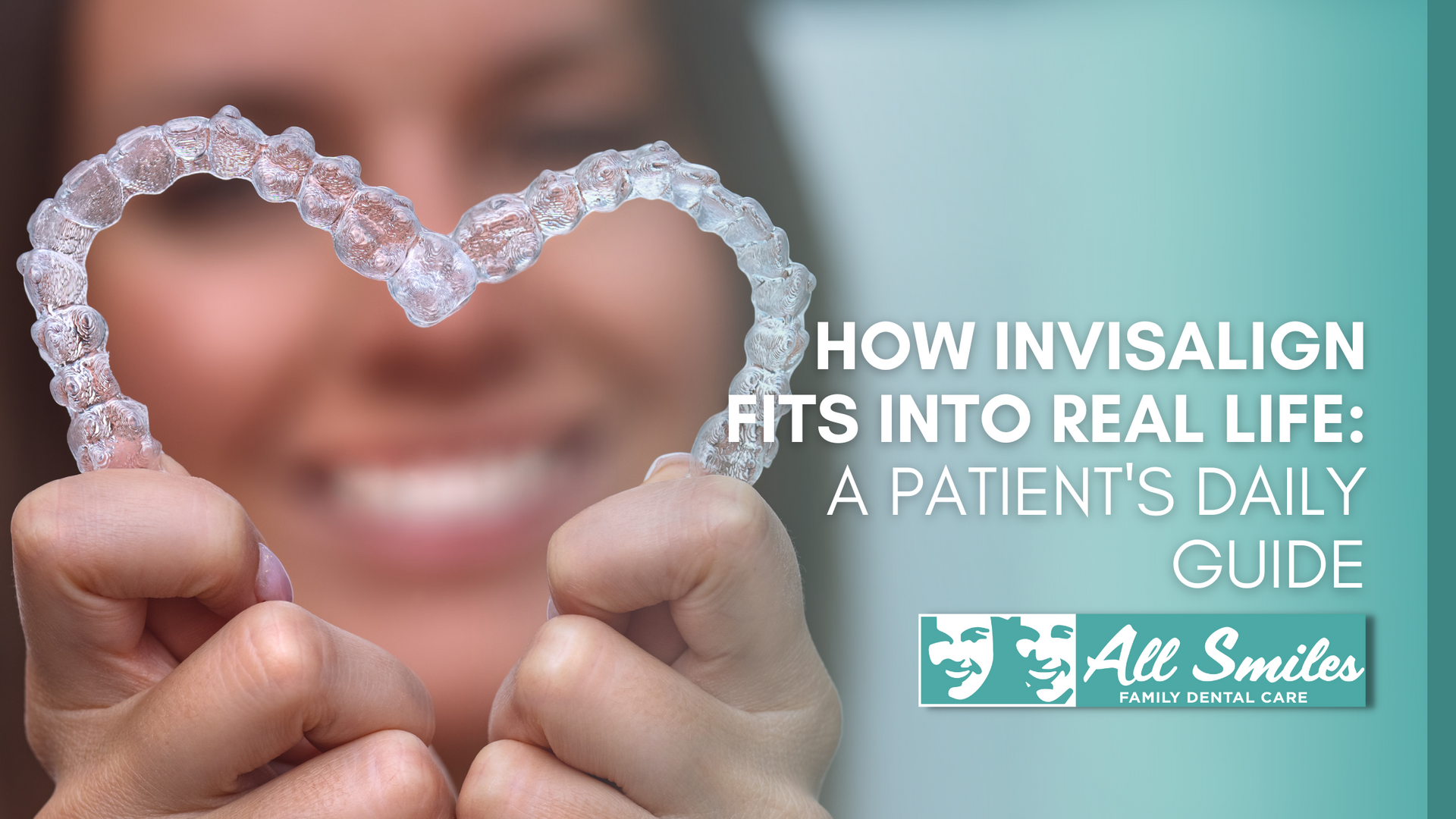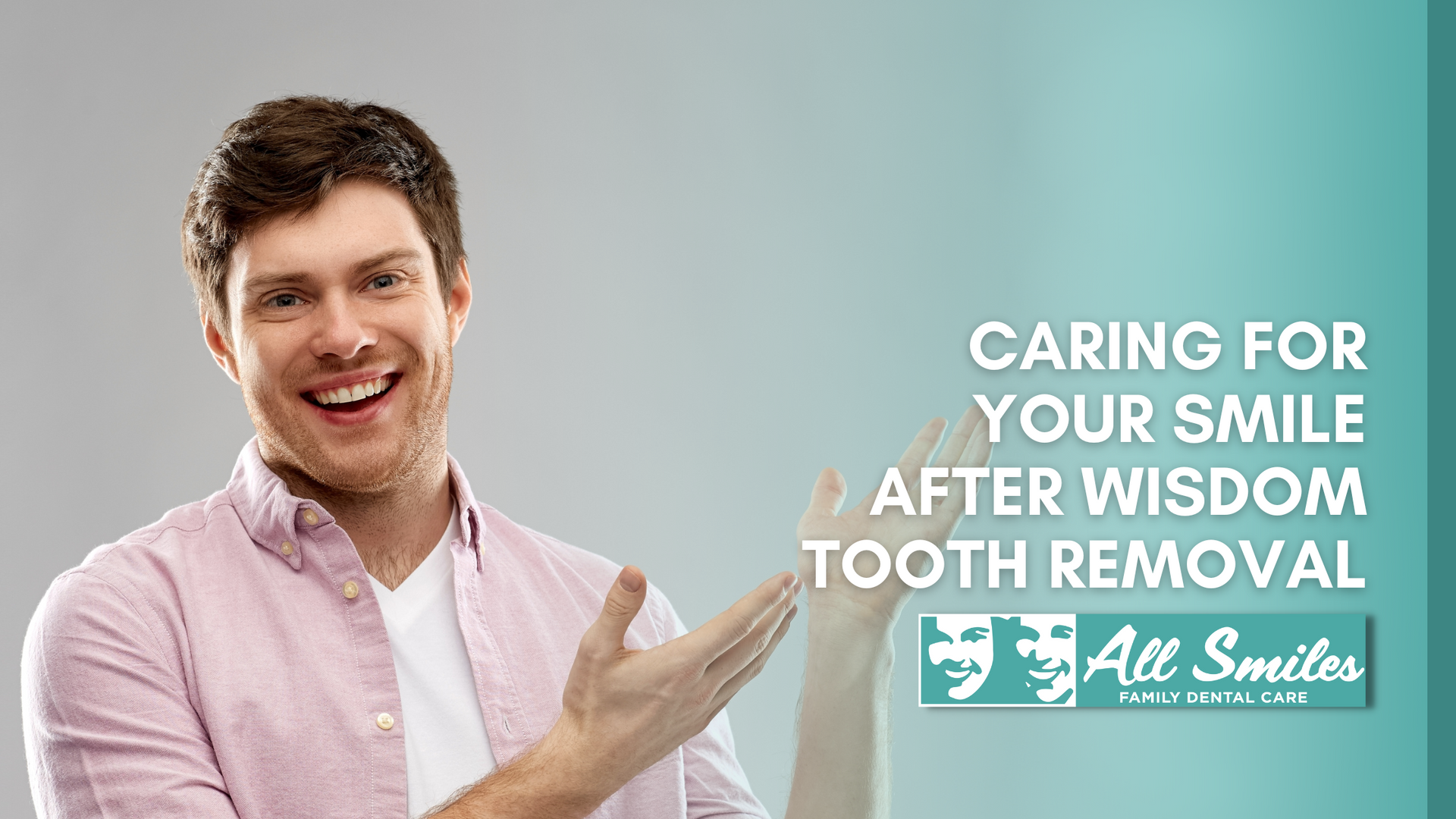Why You Shouldn’t Use DIY Teeth Aligners
You Shouldn’t Use DIY Teeth Aligners. Many people dream of having a smile that shows off perfectly straight teeth. Traditionally, this has been accomplished either by hitting the genetic lottery and growing naturally straight teeth or by using orthodontics to manipulate your teeth into the proper position. As advancements in orthodontic technology have increased, new teeth-straightening methods have come onto the market. As with any new technology, there are pros and cons to those who decide to try methods that stray from the traditional. One trend that has gained in popularity is the use of DIY teeth aligners instead of going through an orthodontist’s teeth straightening process . Unfortunately, trying DIY methods of straightening can have negative consequences.
Why Would Someone Try to Straighten Teeth Without Supervision?
If you have an alignment issue with your teeth, you may want to think twice before taking matters into your own hands. Teeth straightening may be considered a purely cosmetic process, although some people are able to improve oral hygiene significantly with straighter teeth. Although many people claim that having a nice smile with straight teeth is a priority, a lot of them also cite various reasons to avoid using traditional orthodontic methods. Some want to be discreet and do not like the look of metal or ceramic braces. Others claim the cost is too steep and want to find less-expensive alternatives. Some simply think it would be easier and more convenient to try it alone.
What Is Considered DIY Teeth Straightening?
For a variety of reasons, several do-it-yourself methods of straightening have slowly gained popularity. Any method of straightening that is completed without the supervision and expertise of a professional is considered a DIY method. One of the most common ones involves the use of small elastics to close the gaps between teeth. Other methods use plastic molds, clay, string, and even paper clips to attempt to manipulate teeth. Unfortunately, attempting to straighten teeth without supervision can lead to damage to the teeth and gums that could end up costing more time and money than professional straightening would have cost in the beginning.
How Has Social Media Influenced Teeth Straightening?
Social media and video-sharing sites have given individuals easy access to free advice on many topics. Much of this advice is helpful, but some of it can have detrimental effects if it is followed without the help of an expert on the subject. Do-it-yourself teeth straightening is an example of advice that seems like it would save money and effort, but in the end, usually causes more harm than good. Since these DIY ideas are at the click of a button and results seem to be in line with the viewer’s desired result, it can be tempting to take the advice of a stranger that had success. Teenagers are particularly susceptible to this, so if parents notice strange behavior involving teeth, it is important to follow up and make sure no damage has been done to the teeth or gums.
Are Traditional Braces the Only Answer?
There are dentist-approved methods of teeth straightening that combine a patient’s desire for discretion and home care with the experience of orthodontists and dentists. Traditional metal braces are still the orthodontist teeth straightening method of choice for many patients because they are durable and can take a lot of force. Teenagers are especially rough on their braces, so using metal braces for children and teens is still the method of choice for many orthodontists. Ceramic braces and clear bracket braces are less noticeable but are adjusted in the orthodontist’s office and supervised closely by a professional. These are good options for patients who want a hybrid of discretion and durability.
Another option for patients who want straighter teeth but do not want traditional braces is the use of a tray system. Several tray systems are on the market that reduces the amount of time a patient needs to spend in the dentist’s chair but can still treat a variety of alignment issues . Unlike DIY methods that can be dangerous, approved tray systems still involve dentists and check-ins for progress along the way. Even remote dentistry options that do not involve physical dentist office visits oversee the progress of a tray system and head off any problems if they occur.
Does the Advice For Avoiding Crooked Teeth Work?
Although much of the DIY advice given both online and in-person from non-dentists revolves around fixing teeth that are already crooked, some advice is also circulating with the claims that you can avoid getting crooked teeth by following certain behaviors. Unfortunately, most of this advice has not been proven to work, but luckily most of it is harmless.
- Stop oral fixations. Avoiding sucking on fingers or a thumb in childhood is one way to try to prevent the outward rounding of the teeth. Usually, these are baby teeth and may not cause any long-term issues with permanent teeth, but many adults exhibit similar behaviors using objects other than the fingers. Adults who chew on pens or straws or frequently blow bubbles with gum also push the teeth outward and can cause permanent teeth to misalign .
- Check your posture. Adults who spend the bulk of the day in front of a computer leaning, on one hand, can hypothetically push teeth inward over time. Although this advice has not been proven, it is always a good idea to have the correct posture while sitting in front of the computer for a number of health reasons.
- Adjust your sleep habits. Another piece of advice intended to break habits that can have detrimental effects on teeth alignment is adjusting the way you sleep. Since many people sleep on the stomach, the persistent but gentle pressure on the side of the jaw can push teeth inward over time. For this reason, you may have read the advice to sleep on your back to avoid making your teeth crooked or worsening an alignment problem, though this has also not been proven.
What Are the Consequences of Using DIY Methods?
If your teeth are already crowded, crooked, turned, or have a gap, and you have seen DIY methods either online or suggested by friends, you may be tempted to try it yourself. Unfortunately, the majority of people who try DIY methods have no results at all. Others have unintended consequences that range from infections to damage to the gums. One example of a negative consequence is the use of small elastics to close a gap between teeth. Cases have been reported of elastics slipping into the gum-line, leading to infection, inflammation, and eventually surgical intervention to correct the damage to the gums. Additionally, no straightening or closing of the gap was indicated.
Are You Considering Teeth Straightening? Call All Smiles Dentistry Today!
If you would like to have straighter teeth but are unsure about the time and financial commitment of orthodontics, speak with a dental professional to explore safe and effective options, All Smiles Dentistry has you covered. Although the idea of DIY teeth aligners may be gaining in popularity, it’s not worth the risk of damage to your teeth and gums. If you have financial concerns, look into your payment plan options or explore the different types of available teeth straighteners to find an option that works well for your situation. Choose a professional for your dental needs and contact us to schedule a consultation or get your questions answered today!
The post Why You Shouldn’t Use DIY Teeth Aligners first appeared on All Smiles Dentistry.



